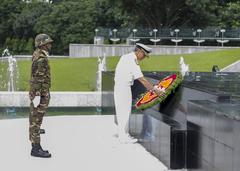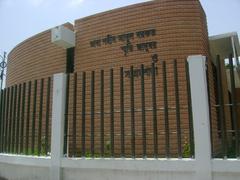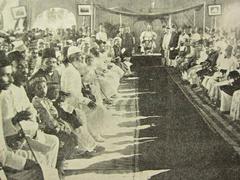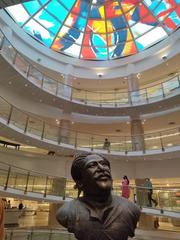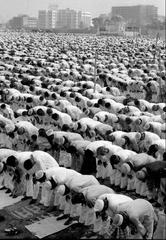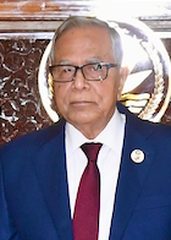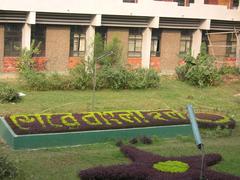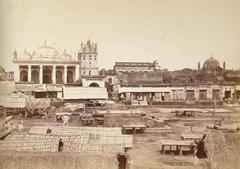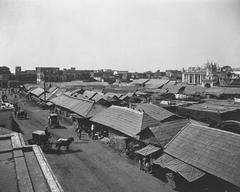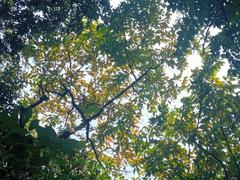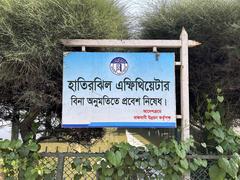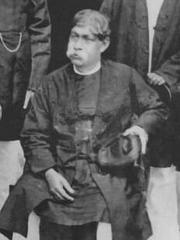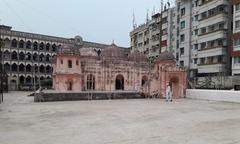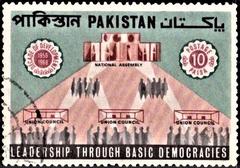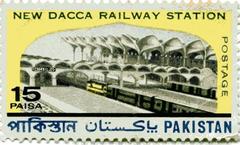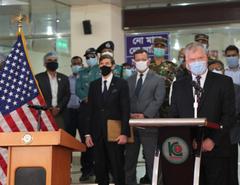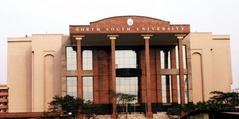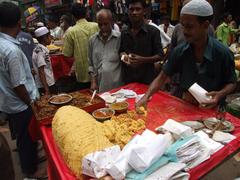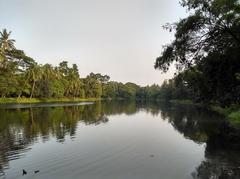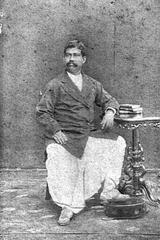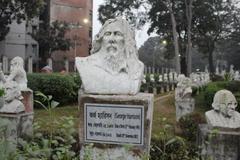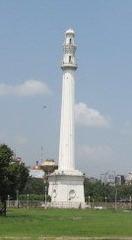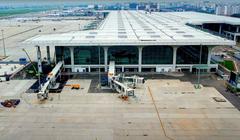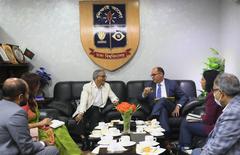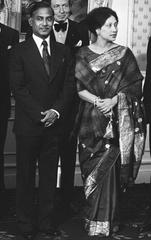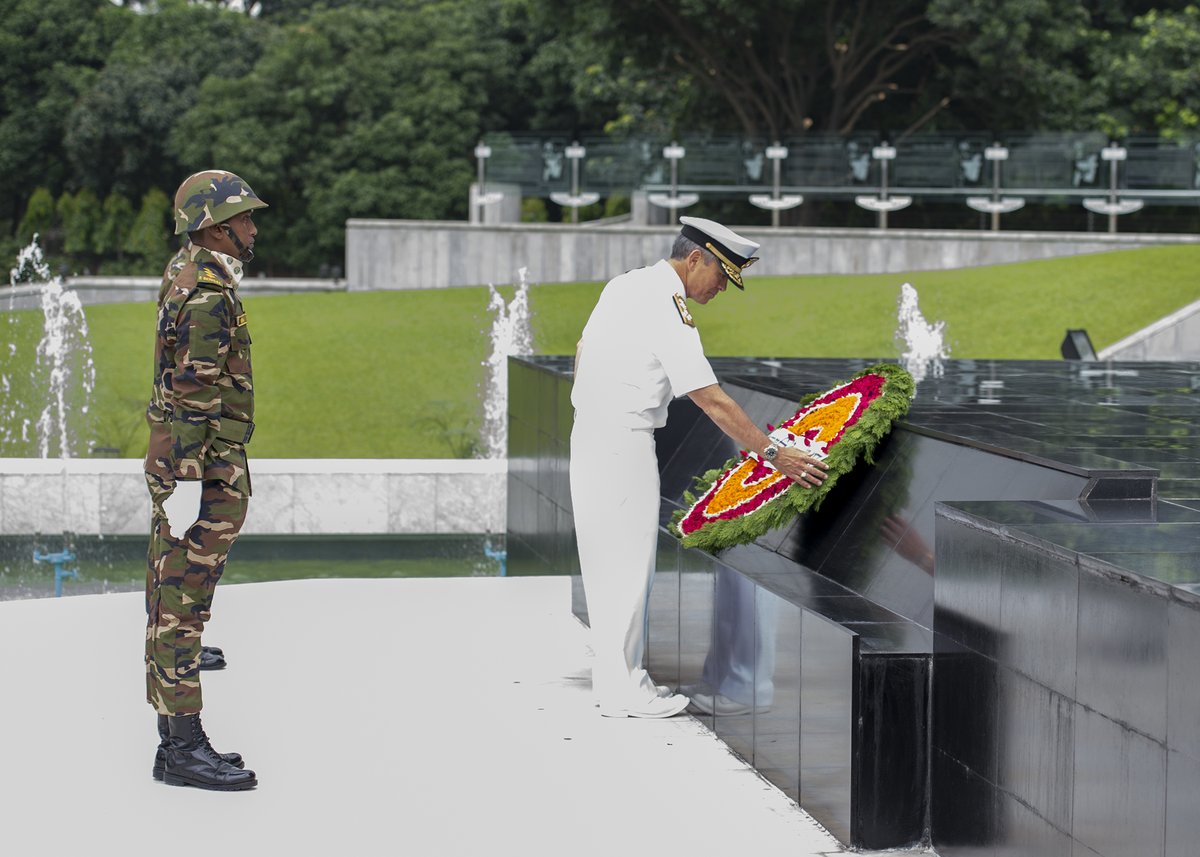
Complete Guide to Visiting Kurmitola Road, Dhaka, Bangladesh: History, Significance, Visitor Information, and Tips
Date: 31/07/2024
Introduction
Dhaka, the capital city of Bangladesh, is a vibrant metropolis with a rich tapestry of history, culture, and modernization. One of the city’s most intriguing destinations is কুর্মিটোলা সড়ক (Kurmitola Road). Beyond being a significant thoroughfare, Kurmitola Road encapsulates the historical evolution and cultural depth of Dhaka, serving as a linear narrative of the city’s past and present. From its early days under various dynasties to its role during the British colonial period and its strategic importance during post-independence developments, Kurmitola Road has been a silent witness to the myriad transformations of Dhaka. (Wikipedia, Cultural Universe). Today, as Dhaka strives to modernize and expand, Kurmitola Road remains a key artery in the city’s lifeline, reflecting both historical significance and contemporary relevance. Whether you are a history enthusiast, a curious traveler, or someone seeking medical facilities, this guide offers a comprehensive look at what makes Kurmitola Road a must-visit destination. From detailed historical insights and cultural significance to practical visitor tips and nearby attractions, this guide aims to provide everything you need to know for a memorable experience on Kurmitola Road.
Table of Contents
- Introduction
- Early History and Development
- British Colonial Period
- Post-Independence Developments
- Modern Era and Urbanization
- Cultural and Social Significance
- Visitor Information
- Nearby Attractions
- Accessibility
- Challenges and Future Prospects
- FAQ
- Conclusion
Exploring the Rich History of কুর্মিটোলা সড়ক: A Cultural Landmark in Dhaka
Early History and Development
Dhaka itself has a storied past, dating back to the 7th century CE when it was part of the Hindu Gauda Kingdom, followed by the Buddhist and Shaivite Pala Empire, and later the Hindu Sena dynasty (Wikipedia). The area around কুর্মিটোলা সড়ক has seen various phases of development, particularly during the Mughal era when Dhaka was established as the provincial capital of Bengal in 1610 by Islam Khan Chisti (Cultural Universe).
British Colonial Period
During the British colonial period, significant infrastructural developments took place in Dhaka, which indirectly influenced the areas surrounding কুর্মিটোলা সড়ক. The establishment of the Dhaka Municipality in 1885 and the construction of the railway line between Dhaka and Narayanganj in 1885 were pivotal in shaping the city’s modern infrastructure (Wikipedia). The British era also saw the introduction of private cars in the 1910s and taxis and rickshaws in the 1930s, which contributed to the urbanization of Dhaka (Wikipedia).
Post-Independence Developments
Following Bangladesh’s independence in 1971, Dhaka underwent rapid urbanization and modernization. The establishment of key institutions and infrastructure, such as the Kamalapur railway station in 1969 and the relocation of Dhaka College to Dhanmondi in 1956, played a crucial role in the city’s development (Wikipedia). কুর্মিটোলা সড়ক, being a major road, benefited from these developments, becoming a vital artery in the city’s transportation network.
Modern Era and Urbanization
In recent years, Dhaka has emerged as a modern megacity, striving to catch up with other major cities like Kuala Lumpur and Singapore (Cultural Universe). The government has been investing heavily in infrastructure to support this growth. For instance, the Bangladesh Tourism Board has finalized a tourism master plan aiming to attract 5.57 million foreign tourists annually by 2041, which includes significant investments in roads, electricity, and security (The Business Standard).
Cultural and Social Significance
কুর্মিটোলা সড়ক is not just a road but a cultural landmark in Dhaka. The area around it has been a witness to various historical events and social changes. For example, the Second Asian Highway Motor Rally, which began in Tehran, Iran, and ended in Dhaka in 1970, passed through this area, highlighting its importance in regional connectivity and trade (Wikipedia).
Visitor Information
- Visiting Hours: কুর্মিটোলা সড়ক is accessible 24/7, but it is best visited during the day for safety and visibility.
- Tickets: No tickets are required to visit কুর্মিটোলা সড়ক.
- Travel Tips: It is advisable to avoid peak traffic hours to have a more pleasant experience. Using ride-sharing apps can be a convenient way to get around.
Nearby Attractions
- Lalbagh Fort: A Mughal fort located nearby, offering rich historical insights.
- Ahsan Manzil: A historic palace now turned museum, located along the Buriganga River.
- Dhakeshwari Temple: An ancient Hindu temple that is a significant cultural site.
Accessibility
কুর্মিটোলা সড়ক is easily accessible by various modes of transportation, including buses, rickshaws, and ride-sharing services. The area is relatively pedestrian-friendly, but always be cautious of traffic.
Challenges and Future Prospects
Despite its historical and cultural significance, কুর্মিটোলা সড়ক faces several challenges. The roads in Dhaka are often congested, and local drivers can be aggressive, making driving chaotic and challenging (World Nomads). The government is aware of these issues and is working on improving the infrastructure. For instance, the tourism master plan includes investments in developing infrastructural facilities like roads and security to make the city more accessible and tourist-friendly (The Business Standard).
FAQ
- What are the visiting hours for কুর্মিটোলা সড়ক?
- কুর্মিটোলা সড়ক is accessible 24/7, but it is best visited during the day for safety and visibility.
- Do I need tickets to visit কুর্মিটোলা সড়ক?
- No tickets are required to visit কুর্মিটোলা সড়ক.
- What are some nearby attractions?
- Nearby attractions include Lalbagh Fort, Ahsan Manzil, and Dhakeshwari Temple.
- How can I get to কুর্মিটোলা সড়ক?
- কুর্মিটোলা সড়ক is easily accessible by bus, rickshaw, and ride-sharing services.
Conclusion
The historical background of কুর্মিটোলা সড়ক is a testament to Dhaka’s rich and diverse history. From its early days under various dynasties to its modern era as a bustling metropolis, the road has been a silent witness to the city’s evolution. As Dhaka continues to grow and modernize, কুর্মিটোলা সড়ক will undoubtedly remain a crucial part of its urban landscape, reflecting both its historical legacy and future aspirations.
Call to Action
To stay updated on more historical sites and travel tips, download the Audiala mobile app, check out our other related posts, and follow us on social media.
